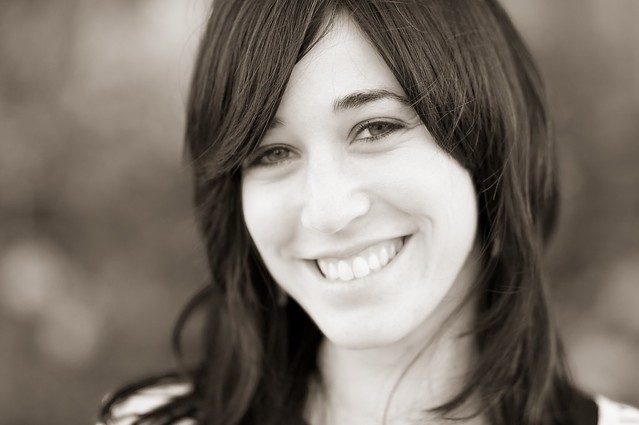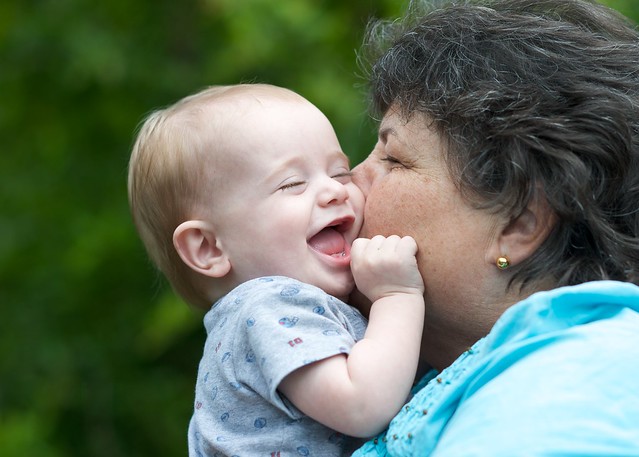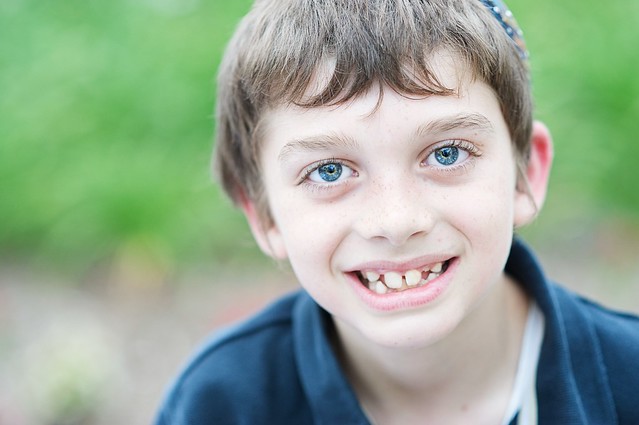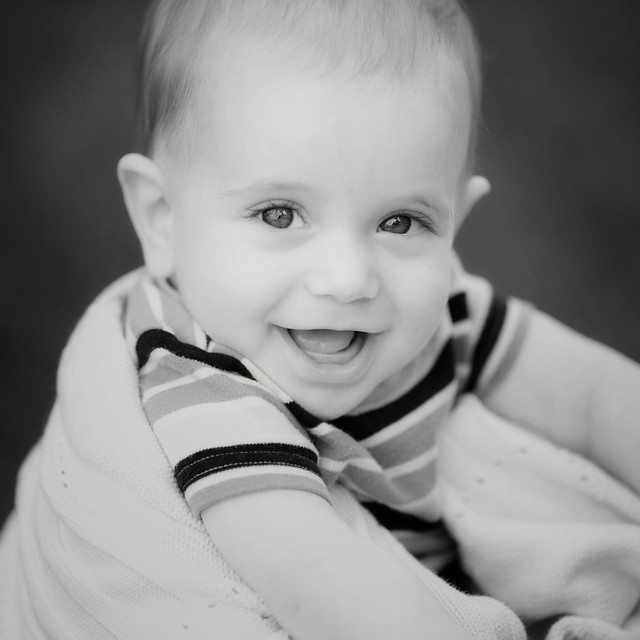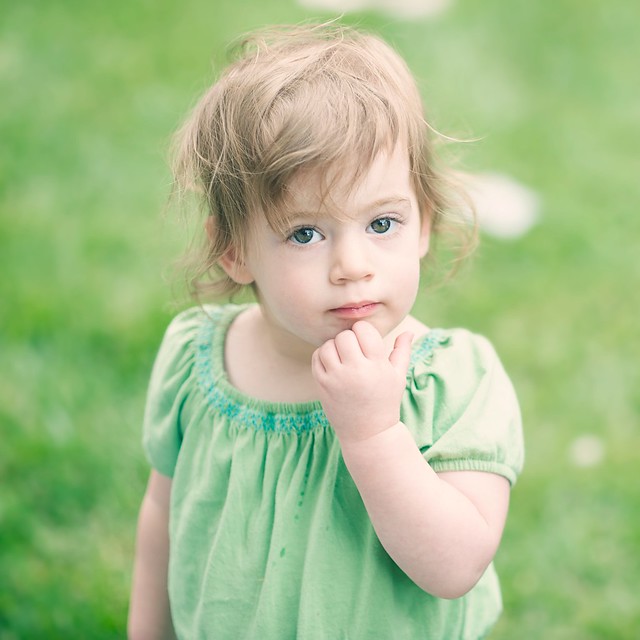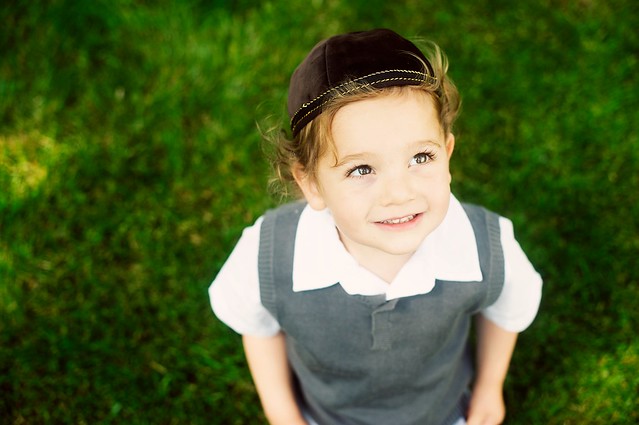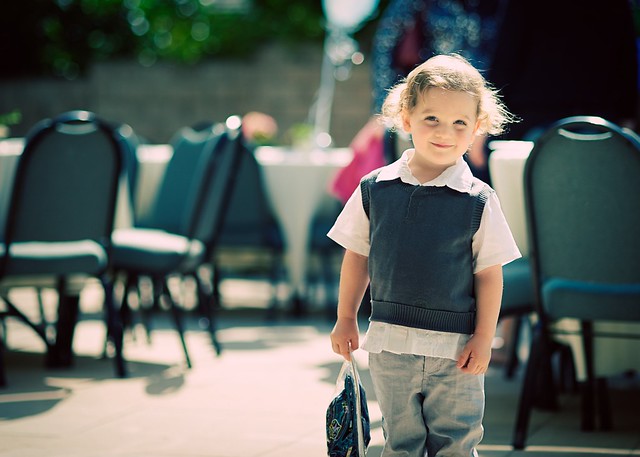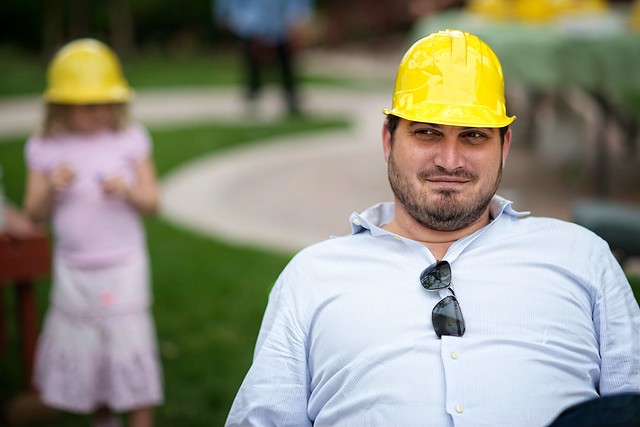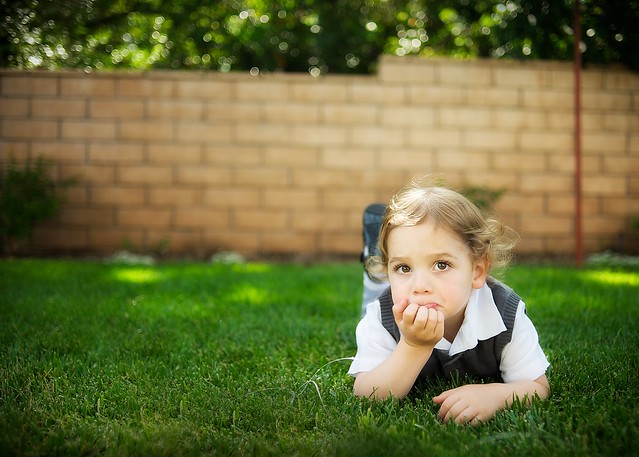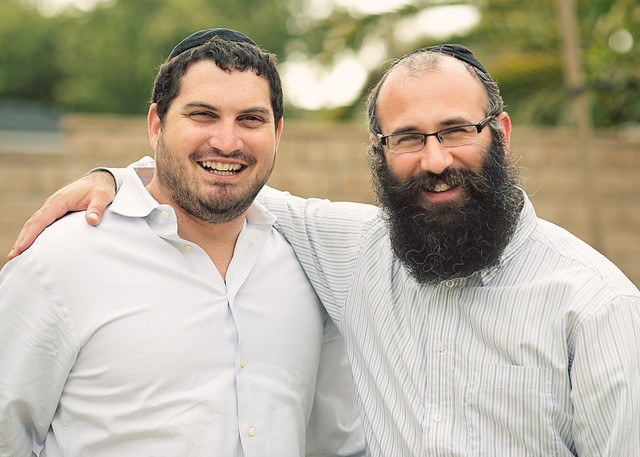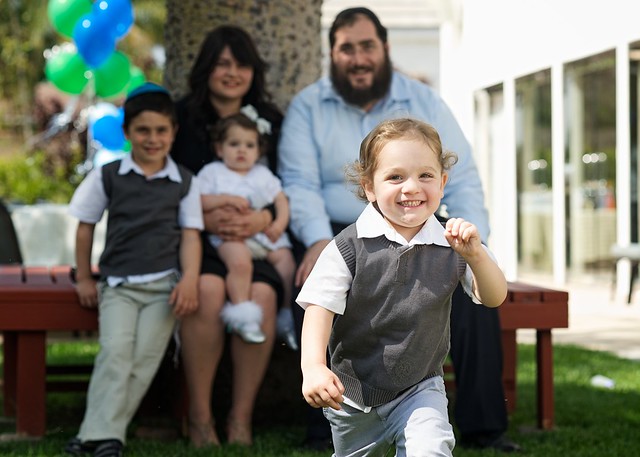 I admit, I read way too much. As a kid I used to read everything I could find. I knew the backs of every kleenex box and furniture polish by heart. Nothing escaped my semantically inclined gray matter.
I admit, I read way too much. As a kid I used to read everything I could find. I knew the backs of every kleenex box and furniture polish by heart. Nothing escaped my semantically inclined gray matter.
Naturally, as I was getting into photography I emptied the library and even (gasp) bought a few books from amazon (my BFF). After reading, flipping, delving, studying and eventually chucking many a book, here are my hard earned book reviews and rating:
Actually before we go there, a quick overview. There are generally four types of photography books:
- How to use your equipment books
- How to compose your pictures books
- What to actually take photos of books
- History of photography, Biographies etc.
The first two are very often clumped together and are found in abundance at the beginner level. By far my favorite is "Understanding Exposure" by Bryan Peterson (and as evidenced by the over 700 reviews on Amazon, many agree). Short, to the point, very explanatory and beautiful examples, he basically explains what he calls the "photography triangle" (or something to that effect). It's composed of Aperture (amount of light coming in), ISO (sensitivity of the "film" or sensor), and Shutter Speed (how long you let light hit the sensor). And in the heart is the camera's built in light meter which tells you (with some prompting sometimes) which combinations work. He then goes on to explain why you would want different Aperture sizes or Shutter speeds based on what you want out of the picture. Good stuff, highly recommended. Two thumbs up, five stars.
In the second category there are a bunch of books I don't remember because they all explained more or less the different aspects of a photograph. Namely (this is from memory)
- Line
- Shape
- Form
- Tone
- Color
- Light
And they probably all wrote about the rule of thirds and the golden proportion (aka the golden rectangle, ask Dan Brown about it). Yipee. None of the books I read pop out as anything special.
In the third category there are a whole bunch that are okay (how to photograph kids, adults, wedding, portraits, etc.) though there are two that really stood out:
- Photography and the Art of Seeing by Freeman Patterson
- Photography Composition by Tom Grill and Mark Scanlon
Photography and the Art of Seeing is more of a workshop type book, which you really have to get into to get anything out of it (which I have not done too much of yet). As of now it gets four stars until it gets a bit more use and then I'll re-evaluate.
Photography Composition is more of an epiphanous (is that a word?) for me. It doesn't go in depth into much but it brings an outlook in to photography that I have not seen anywhere else and I find it quite intriguing (and, in fact, epiphanous).
The authors come with the premise (which makes sense so far in most cases, though I am working at applying it to all) that every photograph is telling a story or expressing (or attempting to elicit) an emotion (or mood). It's the job of a photographer to first of all figure out what story he is trying to tell, and then how to tell it best by choosing the right combination of lens, aperture , shutter speed, composition, placement, timing, and what to include or exclude in the frame.
So, now it's not "wow, that's cool, let me take a picture" it's "wow, that's cool, let me figure out why it's cool, what emotion or mood or idea does it tell, and how could I best express that feeling I got when I first saw it (or maybe I could elicit a different feeling by shooting it in a different way)".
This is getting a bit long, I'll continue it in a bit with some examples and some more thoughts (as if anyone cares. nunu.).







